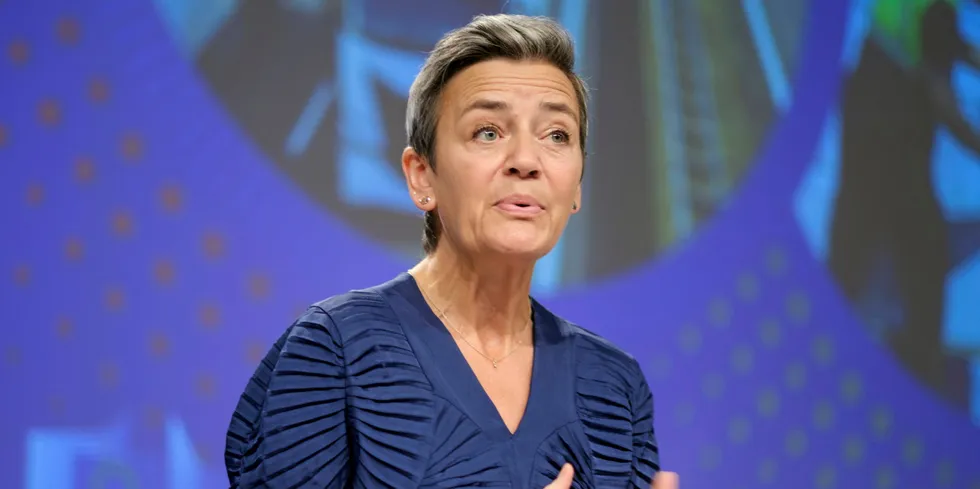€5.2bn bonanza | EU unlocks even more subsidies for hydrogen — this time for heavy industry
The Hy2Use scheme will enable the construction of 3.5GW of new electrolysis capacity for industrial applications

The Hy2Use scheme will enable the construction of 3.5GW of new electrolysis capacity for industrial applications
